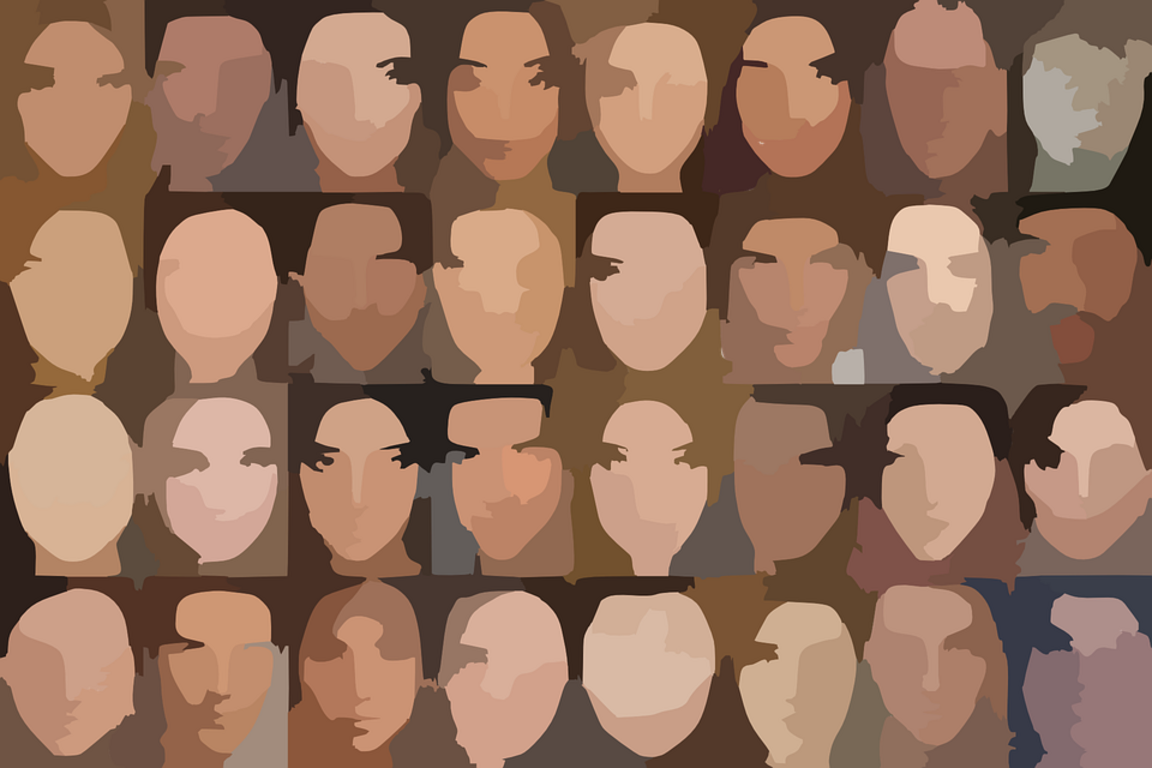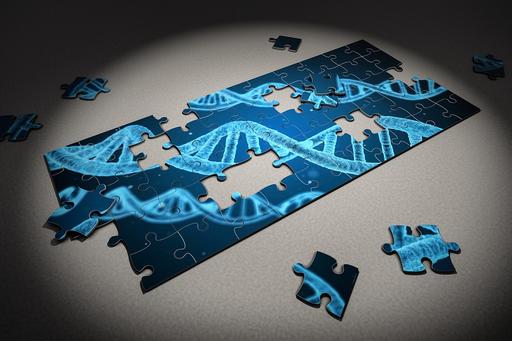
Language disorder/DLD
Carmela Miniscalco introduces the diagnosis language disorder/DLD. What is it? What causes DLD? How is language disorder diagnosed and treated?
What is language disorder/DLD?
Language disorder or developmental language disorder (DLD) is a complex neurodevelopmental disorder that impedes the child’s ability to learn their mother tongue(s) in the same way and at the same rate as one’s peers. Language develops as we interact with our environment and this development is fuelled by our need to communicate with others. Children with language disorder might have difficulties with regard to speech sounds and verbal expression, as well as learning new words and/or understanding spoken and written language. Children diagnosed with language disorder have significant difficulties in one or more of these areas, affecting their spoken language, comprehension and/or communication skills.
Today we know that the whole brain is involved in language learning and research shows that the linguistic difficulties exist early in development. Many different cognitive processes are involved – for example executive functions, working memory and processing speed – making it less likely that the difficulties are specifically related to language. The same kinds of cognitive deficits can also be observed in children with ADHD and children with ASD – conditions that frequently occur simultaneously with language disorder.
Prevalence
Language disorder is the most common disorder among children and may occur in isolation or in association with another disorder. Developmental language disorder/DLD occurs in 5-8% of all single or multilingual preschool children. In addition, 2–3% have language disorder associated with intellectual disability or other known related diagnosis, e.g. autism (Language disorder associated with…).
About 2-3% of all children affected have a severe and persistent language disorder.

Causes

Language disorder/DLD is considered to be a multifactorial condition, which means that there is no single explanation for the person’s language difficulties. Language disorder is usually hereditary, so in most cases the patient has one or more relatives who have had delayed language development or reading and writing difficulties.
The significance of genetic factors (heredity) has been proven through twin studies, but there is currently no diagnostic genetic test. Instead, there is increased consensus among researchers that in most cases of language disorder, one will probably not find one single isolated cause. Language disorder/DLD is considered a multifactorial disorder in which a number of risk factors interact with genes in ways that disrupt language development.

Gender and age
According to various population studies, language disorder occurs to about the same extent in both boys and girls, but in clinical groups, language disorder is more common in boys. This same relationship applies to other symptom diagnoses such as eg. ADHD and ASD, it is mainly boys who come to the assessment.
In many cases, particularly more severe ones, the language disorder is persistent. It manifests in different ways at different ages and has a long-term impact on both the child and their family. A child who finds it hard to produce words and short sentences at age 2 might struggle with other things at age 4. For example, it may have problems to pronounce different speech sounds, or that the sounds within a word are reversed (e.g. saying “cartep” instead of “carpet”) or that the sounds within a word affect each other (eg that the child says "tat" instead of "Cat").
As the child approaches school age, it might have difficulties with words/concepts, to tell or retell events coherently or to think of languages more abstractly, i.e. have difficulties with linguistic awareness. Eventually, the language disorder may also impede the child’s acquisition of reading and writing skills.
There are often indirect negative consequences as well, such as an increased risk of teasing, being bullied or being left out of play by peers. Studies of older children with language impairment indicate that some may have to deal with a variety of other problems, including psychosocial problems, learning difficulties, poor academic performance, and limited career choices. Therefore, we must provide continued support and follow-up of schoolchildren with language disorders to a greater extent than at present.
Detection
Most children in Sweden with delayed language development are identified at the general health checks and screenings that the Child Health Care (CHC) centres provide at different key ages. As early as the 1970’s, all 4-year-olds were screened for speech and language (checking their mastery of speech sounds, hoarseness, stuttering, nasalisation), but since the 1990s, younger children's speech, language and communication skills are focused. Most CHC centres in Sweden today use the “Miniscalco method” (a language screening programme for 2.5-year-olds) or the “Westerlund method” (another programme designed for 3-year-olds), both of which have been scientifically evaluated. There is also currently some exciting research on whether screening for “babbling” in 10-month-old children could detect which kids will require support in their speech and language development. Some clinics also let parents write so-called self-referrals in case they have questions or concerns about their child’s language development.
Diagnosis
A speech and language pathologist diagnoses language disorder after a comprehensive examination. This includes talking to parents about heredity (genetic factors/family history) and earlier development, testing of various linguistic areas (speech sounds, syntax, words/concepts, pragmatics) mapping of the child’s environment and exclusion of physical factors. Speech and language pathologists in Sweden currently diagnose according to ICD-10 (WHO), but there is a beta version of ICD-11. The purpose of the diagnosis is to provide information about the child’s linguistic profile and needs, as well as predict what kind of issues they might face later in life.
Often, many speech and language pathologists work “on their own” at hospitals or in primary care services, but in other contexts – e.g. in habilitation, neuropsychiatric or child and adolescent psychiatric services – they are part of a team.
When assessing verbal and non-verbal communication and social interaction, i.e. pragmatic skills, it is crucial to include observations of everyday situations, for example play activities that both elicit and elucidate communicative intentions. If any pragmatic abnormalities are found, one should move on to a more thorough investigation of the child’s communication and interaction skills and general developmental level.
In the beta version of ICD-11 (January 2020), under the heading Neurodevelopmental disorders, it is proposed that the category Developmental speech or language disorders should be divided into:
Developmental speech sound disorder (SSD) and Developmental language disorder (DLD).
• SSD includes difficulties with speech sounds/articulation and excludes deafness, neurological disorders and dysarthria.
• DLD includes difficulties in acquiring, comprehending, producing or using language, typically with onset in early childhood. The person’s level of comprehension, production or use of language is markedly below their expected level based on age and overall intellectual functioning. The language difficulties cannot be explained by any other neurodevelopmental or sensory impairment or neurological condition, including brain injury or infection. DLD excludes ASD, neurological disorders, deafness, selective mutism.
Clinically speaking, we know that many preschool/school-age children simultaneously struggle with other cognitive difficulties as well, and that all these issues can be difficult to tell apart. For example, difficulties relating to concentration/attention, motor control, reading, communication and behaviour do not preclude a diagnosis of DLD. However, DLD is not used if the language disorder is associated with other diagnoses, such as ASD. These cases are instead referred to as language disorder, LD, associated with… This may seem quite remarkable considering that many children with autism also have language difficulties and that DSM-5 (the classification most commonly used in child neuropsychiatric services) states that both linguistic and cognitive level should be specified in children with autism.
Intervention
Early speech and language problems have adverse effects on a range of developmental areas. Therefore, clinicians and researchers alike agree that children with language disorder need early intervention. Children around 2-3 years of age should ideally be provided both short-term and long-term measures. The short-term goal is to optimise everyday communication so as to minimise potential behavioural problems, boost self-confidence and promote play and social interaction. The long-term goal involves preventing potential speech, language and reading difficulties. A meta-analysis of 25 RCT studies on intervention of children with primary language disorder shows the effectiveness of treatment for phonological disorder and vocabulary problems, more mixed evidence existed for intervention of expressive language (syntax) difficulties and only small evidence for intervention of receptive difficulties. There are also in some parts of Sweden special language preschools units and language classes – intended specifically for children with severe language disorders – where speech and language pathologists collaborate with other education staff on a daily basis.



